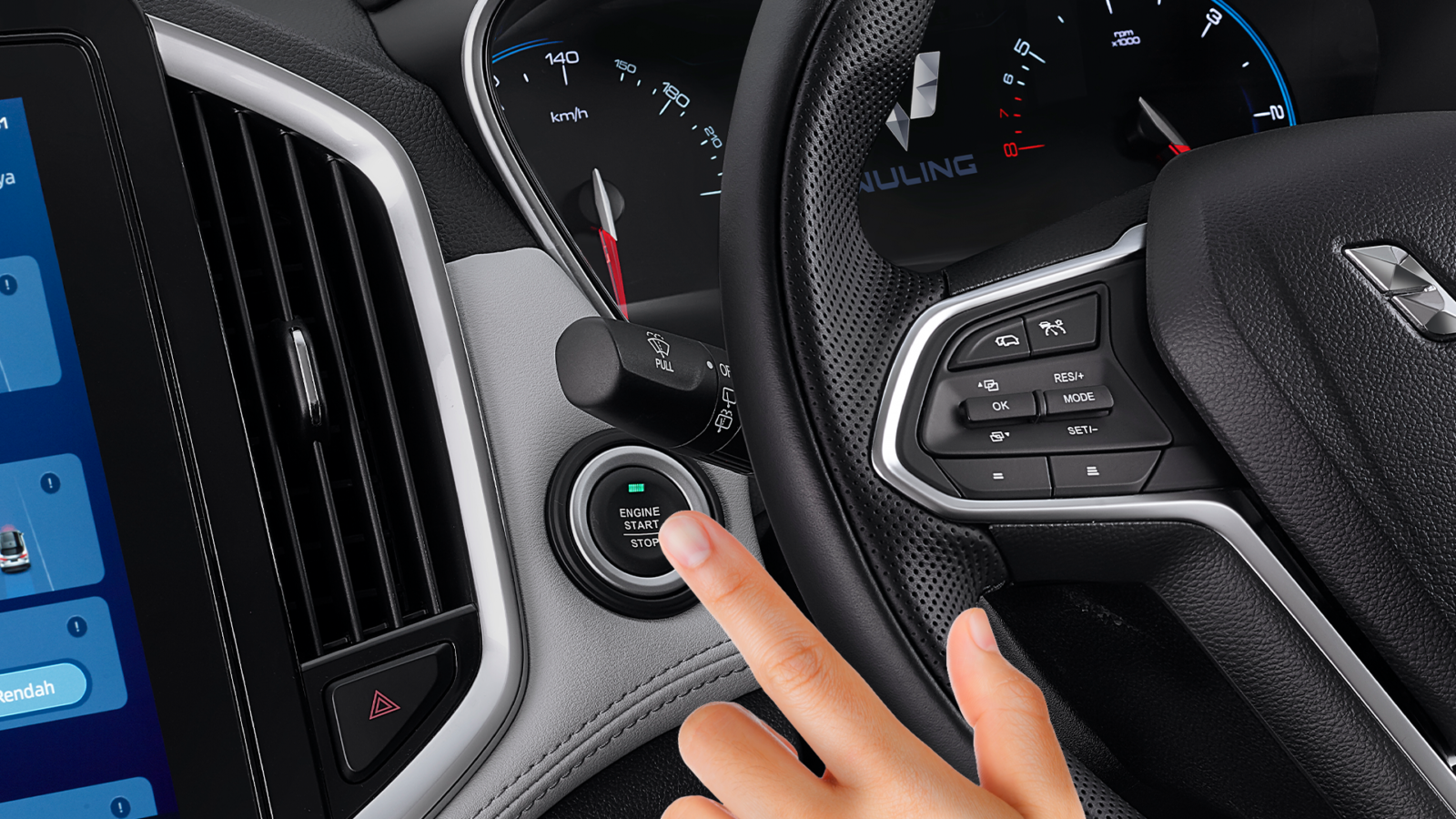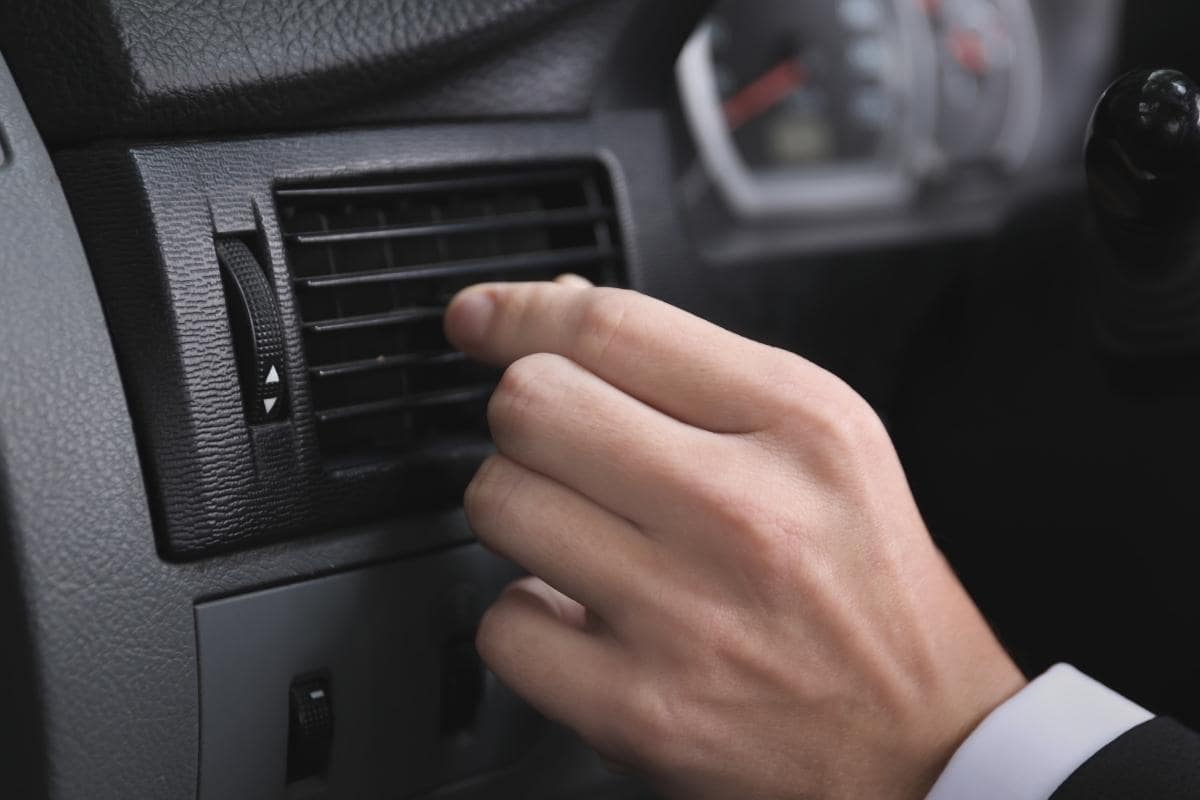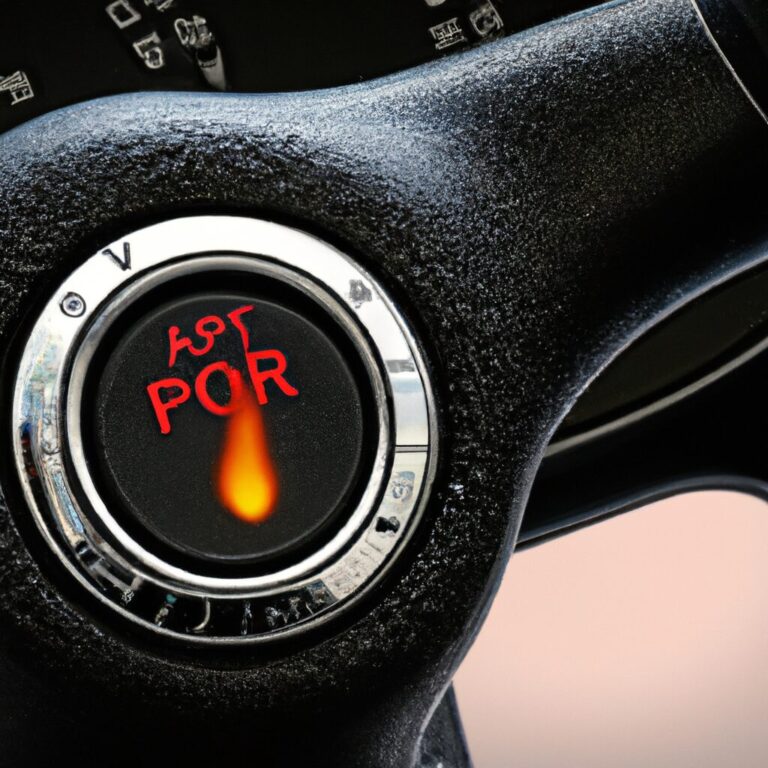How to Warm Up Transmission before Driving
To warm up your transmission before driving, let your car idle for a few minutes. Preparing your transmission for driving by allowing it to reach operating temperature is essential for optimal performance and efficiency.
This process ensures that the transmission fluid is able to circulate and lubricate the moving parts effectively. Additionally, a properly warmed-up transmission can help prevent premature wear and tear on the system, ultimately extending the lifespan of your vehicle. By taking the time to warm up your transmission before hitting the road, you can ensure a smoother driving experience and maintain the overall health of your vehicle’s transmission system.
Importance Of Warming Up Transmission
To ensure smooth driving and prevent unnecessary wear on your transmission, it’s essential to warm it up properly before hitting the road. By allowing the transmission fluid to circulate and warm up, you can increase the efficiency and longevity of your transmission.
This simple step can make a significant difference in the performance of your vehicle.
Benefits Of Warming Up
– Enhanced Transmission Performance: Warming up the transmission ensures that the fluid flows smoothly and evenly throughout its components, improving overall performance.– Reduced Friction and Wear: Giving your transmission time to warm up allows the fluid to reach the optimal temperature, reducing friction and wear on vital parts.
– Improved Fuel Efficiency: When the transmission is warm, it operates more efficiently, leading to better fuel economy.
– Enhanced Safety: A warmed-up transmission reduces the risk of sudden jerks or hesitations while shifting gears, resulting in a safer driving experience.
– Extended Transmission Lifespan: By warming up the transmission, you can help prolong its lifespan, preventing premature breakdowns and costly repairs.
– Optimal Performance in Cold Weather: Warming up the transmission before driving in cold weather conditions allows the fluid to reach the right viscosity, ensuring smooth gear transitions even in low temperatures.
Risks Of Not Warming Up
– Reduced Performance: If you don’t warm up the transmission, the fluid may not flow efficiently, leading to sluggish gear shifts and decreased overall performance.– Increased Wear and Tear: Starting your vehicle and immediately driving without warming up the transmission can cause excessive friction and wear on the internal components.
– Poor Fuel Efficiency: A cold transmission requires more energy to operate, resulting in decreased fuel efficiency and increased costs at the pump.
– Higher Risk of Damage: Cold fluids can put additional stress on the transmission, potentially leading to costly repairs and even complete transmission failure.
– Safety Concerns: A transmission that has not been warmed up properly may not respond as expected, compromising safety during gear changes, particularly in critical situations.
– Adverse Effects in Cold Weather: Without a proper warm-up, a cold transmission can struggle to engage gears smoothly, potentially causing accidents or dangerous driving situations in icy or snowy conditions. Remember, taking a few minutes to warm up your transmission can go a long way in ensuring its optimal performance, extending its lifespan, and enhancing your overall driving experience.

Credit: wuling.id
Steps For Warming Up Transmission
Ensuring a smooth driving experience starts with properly warming up your transmission. Follow these steps to prepare your transmission for optimal performance before hitting the road.
Checking Fluid Levels
Before driving, check the transmission fluid levels to ensure they are at the recommended level.
Idling The Car
Start the car and let it idle for a few minutes to allow the transmission fluid to warm up.
Common Myths About Warming Up
Myth 1: It’s A Waste Of Fuel
Warming up your car for a few minutes isn’t wasteful – it actually helps lubricate the engine and ensures optimal performance.
Myth 2: Modern Cars Don’t Need It
Even modern cars benefit from a brief warm-up – it allows the engine oil to circulate properly and improves overall longevity.
Alternatives To Warming Up
Prepare your transmission for driving by engaging in alternative warm-up methods before hitting the road. Give your vehicle the care it deserves by ensuring a proper warm-up routine for optimal performance. Prioritize a smooth driving experience by implementing effective transmission warming techniques.
Using Synthetic Transmission Fluid
Using synthetic transmission fluid is an effective alternative to warming up your transmission before driving. Synthetic transmission fluid is formulated to provide better lubrication and protection to internal components, even in colder temperatures. It has a lower viscosity compared to conventional transmission fluid, which means it flows more easily through the transmission, reducing friction and ensuring smoother operation. By using synthetic transmission fluid, you can minimize the time it takes for your transmission to reach its optimal operating temperature. This can be especially beneficial during winter months or in colder climates where warming up your vehicle for an extended period of time may not be practical or necessary.Driving Gently At The Start
Another alternative to warming up your transmission is to drive gently at the start of your journey. By avoiding aggressive acceleration or high RPMs, you allow the transmission fluid to gradually warm up as you drive. This gives the fluid more time to circulate and reach all the internal components, ensuring that they are adequately lubricated and protected. Gentle driving also helps minimize the stress on your transmission, reducing the risk of excessive wear and tear. It is important to note that this method may not be suitable for extremely cold temperatures, as it may take longer for the transmission fluid to warm up and reach its optimal viscosity. To optimize the warming up process of your transmission, you can also combine the use of synthetic transmission fluid with driving gently at the start. This not only helps reduce the time it takes for the transmission fluid to warm up but also ensures that your transmission operates smoothly and efficiently from the moment you start driving. In summary, there are alternatives to warming up your transmission before driving that can help minimize the wear and tear on your vehicle’s transmission while still ensuring optimal performance. Using synthetic transmission fluid and driving gently at the start are two effective methods that can help reduce the time it takes for your transmission to warm up and reach its optimal operating temperature. By implementing these alternatives, you can improve the longevity and reliability of your vehicle’s transmission, especially in colder temperatures or climates.Effect Of Weather On Warming Up
When it comes to warming up your transmission before driving, it’s important to consider how weather conditions can impact this process. Whether it’s cold or hot outside, the temperature can have a significant effect on the time it takes to warm up your transmission. Understanding these weather-related considerations can help you ensure that your vehicle operates smoothly and efficiently.
Cold Weather Considerations
In cold weather, it’s essential to allow extra time for your transmission to warm up before driving. The colder the temperature, the thicker the transmission fluid becomes, which can impede its ability to flow smoothly through the transmission system. This can result in increased friction and wear on internal components, potentially leading to premature failure.
When starting your vehicle in cold weather, it’s recommended to let the engine idle for at least five minutes to allow the transmission fluid to warm up and reach its optimal operating temperature. Additionally, consider using a synthetic transmission fluid with cold-weather additives, which can improve its flow characteristics in low temperatures.
Hot Weather Considerations
While cold weather presents challenges for warming up the transmission, hot weather also requires careful consideration. In warmer temperatures, the transmission fluid may thin out, reducing its ability to provide proper lubrication and cooling to internal components. This can lead to increased wear and the risk of overheating.
Before driving in hot weather, it’s crucial to avoid prolonged idling as this can cause the transmission fluid to overheat. Instead, it’s recommended to let the vehicle idle for just a minute or two to allow the fluid to circulate and reach a consistent temperature. Additionally, make sure to check the transmission fluid level regularly and top it up if necessary to ensure proper lubrication and cooling.

Credit: aamcominnesota.com

Credit: www.bemac.ca
Frequently Asked Questions Of How To Warm Up Transmission Before Driving
How Do You Warm Up Transmission Fluid Without Driving?
To warm up transmission fluid without driving, let your car idle for a few minutes. Avoid revving the engine excessively.
How Long Does It Take For A Transmission To Heat Up?
A transmission can take around 20-30 minutes to heat up, depending on various factors like driving conditions and external temperature.
How Can I Make My Transmission Fluid Warm Faster?
To make your transmission fluid warm faster, simply drive your vehicle at a steady speed for a few minutes. This allows the engine to generate heat and warm the fluid quicker. Additionally, you can also let your car idle for a few minutes before driving to warm up the transmission fluid.
How Long Should You Let Your Car Warm Up Before Checking Transmission Fluid?
Let your car warm up for 1-2 minutes before checking transmission fluid. This ensures accurate fluid levels.
Why Is It Important To Warm Up The Transmission Before Driving?
Warming up the transmission ensures proper lubrication and smoother gear changes, extending its lifespan.
How Long Should I Warm Up The Transmission Before Driving?
Ideally, allow the engine and transmission to warm up for 1-2 minutes to ensure proper lubrication.
Can Warming Up The Transmission Improve Fuel Efficiency?
Yes, warming up the transmission minimizes friction, leading to improved fuel efficiency over time.
Conclusion
Before hopping into your car and speeding off, it’s crucial to give your transmission some love by properly warming it up. This not only helps prolong the lifespan of your vehicle but also ensures a smoother and more efficient drive.
By following these simple steps, you can keep your transmission running at its best and avoid costly repairs down the road. So, take the time to warm up your transmission and enjoy a hassle-free driving experience every time.


